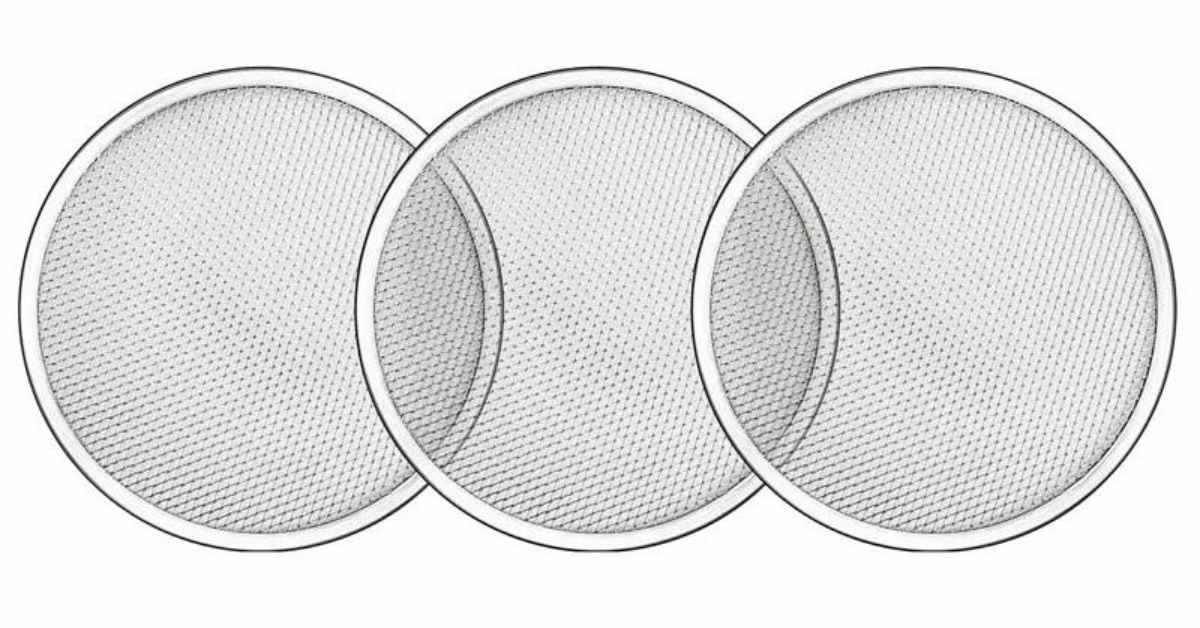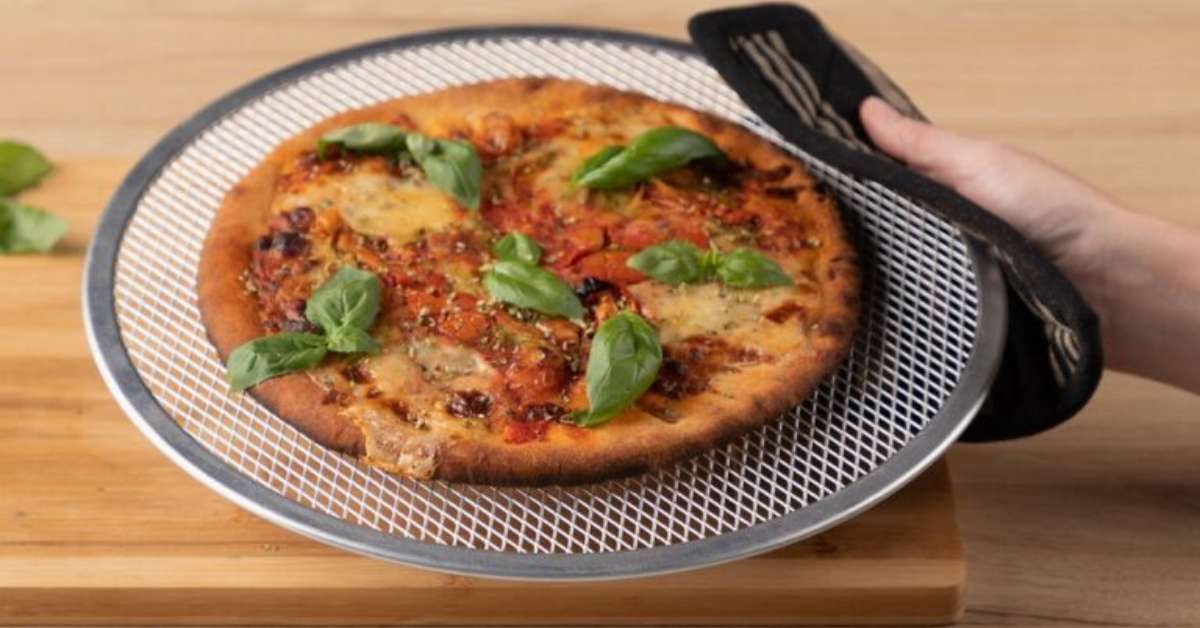In the realm of culinary delights, the history of vermicelli rice noodles is a captivating narrative intricately woven through time and cultures. These delicate, slender noodles, known for their versatility and ability to complement a wide array of dishes, hold a rich historical significance that traverses various regions and traditions.
Table of Contents
ToggleOrigins and Early History of Vermicelli Rice Noodles
The origins of vermicelli rice noodles can be traced back to ancient China, where their inception dates to over two thousand years ago. Believed to have been introduced during the Han Dynasty, these noodles, made predominantly from rice flour, gained prominence due to their lightness, versatility, and ease of preparation.
The art of making vermicelli rice noodles gradually spread across Asia, becoming an integral part of Asian cuisines. Its migration from China to other regions, including Vietnam, Thailand, and Japan, contributed to the diversification and enrichment of local gastronomy.
Cultural Significance of Vermicelli Rice Noodles
Vermicelli rice noodles became an integral part of cultural celebrations and traditions across Asia. In Vietnamese cuisine, these noodles feature prominently in dishes like Bun Bo Hue, a flavorful beef noodle soup, and Bun Cha, a dish comprising grilled pork with noodles and fresh herbs.
In Thai cuisine, vermicelli rice noodles are central to the well-known dish Pad Thai, a stir-fried noodle dish often combined with peanuts, vegetables, and proteins, presenting a harmonious blend of flavors.
The symbolic importance of these noodles extends beyond their culinary appeal. They hold a revered place in cultural festivities and rituals, often served during festivals and celebratory occasions, signifying good fortune, longevity, and prosperity.
Evolution and Global Influence
With globalization and the growing appreciation of Asian cuisine worldwide, vermicelli rice noodles have transcended cultural boundaries. Their adaptability and mild flavor have made them a popular choice not only in traditional Asian recipes but also in fusion dishes and contemporary culinary innovations.
In Western cultures, vermicelli rice noodles have found their way into a myriad of dishes, serving as a base for salads, stir-fries, soups, and more. Their gluten-free nature and light texture have contributed to their increasing popularity among individuals with diverse dietary preferences.
Production and Preparation Techniques
The process of crafting vermicelli rice noodles involves a meticulous methodology. Rice flour is mixed with water to form a dough, which is then extruded through small holes to create the thin, thread-like strands. These delicate strands are steamed, dried, and cut to produce the fine, translucent noodles that are a hallmark of vermicelli.
Cooking vermicelli rice noodles is a straightforward yet essential process. These noodles require soaking in hot water for a few minutes until they achieve a tender, yet slightly firm texture, ready to absorb the flavors of accompanying ingredients in a dish.
Health Benefits and Nutritional Value of Vermicelli Rice Noodles
Vermicelli rice noodles offer several health benefits. Being gluten-free, they cater to individuals with gluten intolerances or allergies. Additionally, they are low in fat and sodium, making them a healthy choice for those seeking a nutritious and light meal option. These noodles are also a source of carbohydrates, providing a quick source of energy.
Conclusion
The history of vermicelli rice noodles encapsulates a fascinating journey that transcends geographical borders and cultural barriers. From its humble beginnings in ancient China to its widespread global popularity, these slender rice noodles continue to tantalize taste buds and serve as a testament to the fusion of diverse culinary traditions.
As a versatile ingredient with a rich historical background, vermicelli rice noodles hold a special place in the world of gastronomy. Whether integrated into traditional Asian dishes or reimagined in innovative recipes, these noodles continue to delight food enthusiasts globally.
FAQs on History of Vermicelli Rice Noodles
Is vermicelli from Vietnam?
Vermicelli has roots in China but is widely used in Vietnamese cuisine. It’s a significant component in popular Vietnamese dishes like Bun Bo Hue and Bun Cha.
Which country eats vermicelli?
Vermicelli is enjoyed across various countries in Asia, including Vietnam, Thailand, China, and Japan. Its versatility makes it a staple in many Asian cuisines.
Is vermicelli Italian or Chinese?
The term “vermicelli” is of Italian origin, but rice vermicelli has its roots in Chinese cuisine. It’s used in a variety of Asian dishes and differs from Italian pasta.
Who invented rice vermicelli?
Rice vermicelli is believed to have originated in ancient China during the Han Dynasty over two thousand years ago. Its creation is attributed to Chinese culinary traditions.






